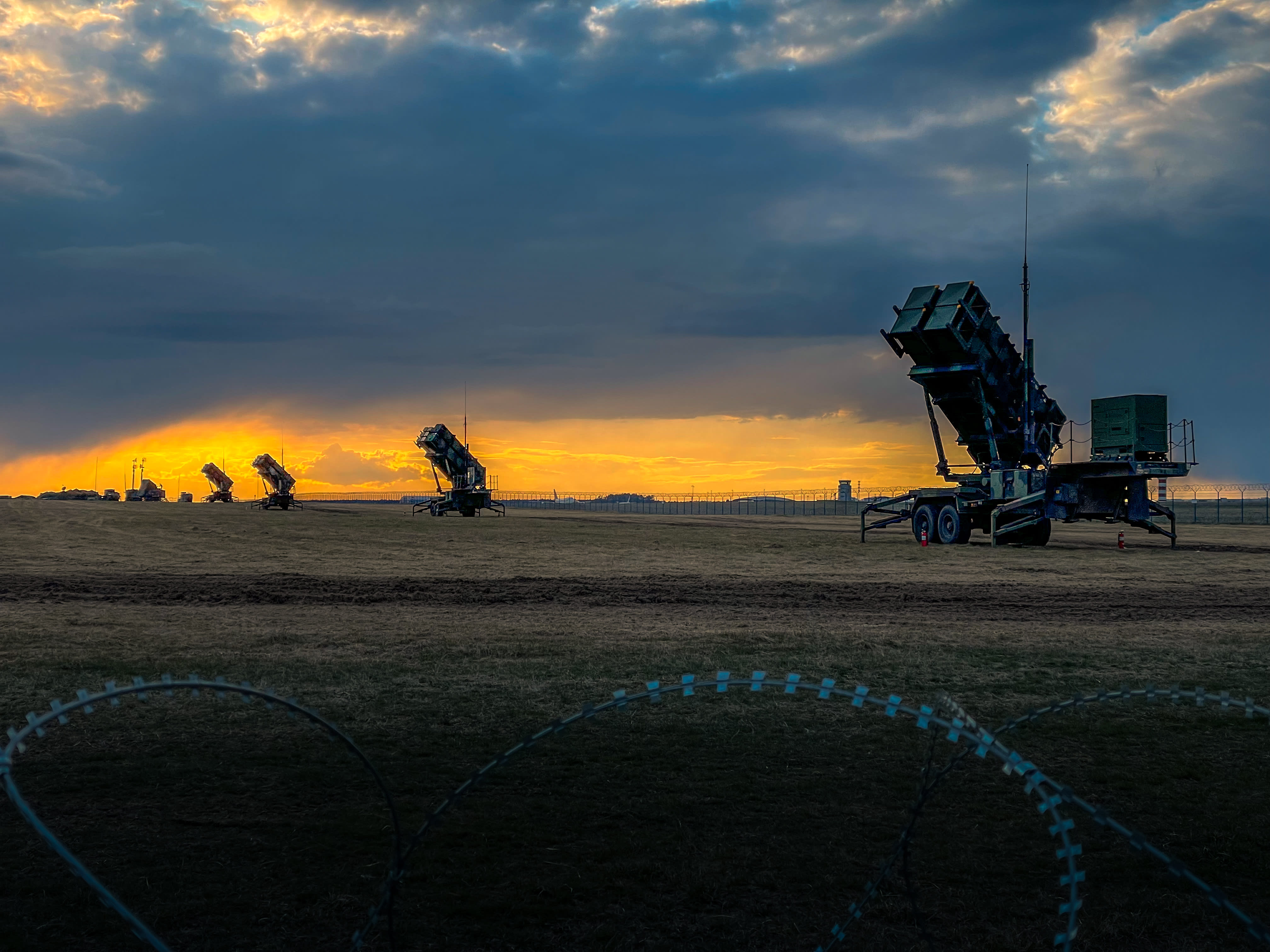The Evolution of Air Defense: Army's Strategic Expansion
 The Tech Times
The Tech Times
In the ever-evolving landscape of military strategy, the United States Army is taking a significant step forward in its air defense capabilities. This decision to expand its air defense force by 30% reflects a broader trend in military operations, where the focus is increasingly on technological advancement and adaptability to emerging threats. The Army's plan includes the integration of new Patriot battalions, Indirect Fire Protection Capability (IFPC) battalions, and counter-drone batteries, signaling a robust response to the challenges posed by modern warfare.
A Historical Perspective
To understand the significance of this expansion, it's essential to consider the historical context of air defense. The concept of air defense has evolved dramatically since the first use of aircraft in warfare during World War I. Back then, air defense consisted mainly of rudimentary anti-aircraft guns and early warning systems. As aircraft technology advanced, so did the means to counteract them, leading to the development of more sophisticated radar systems and surface-to-air missiles during the Cold War.
The introduction of the Patriot missile system in the early 1980s marked a pivotal moment in air defense history. Known for its role in the Gulf War, the Patriot system became synonymous with high-tech missile defense. Fast forward to the present, and the threats have become more diverse. The rise of unmanned aerial vehicles (UAVs), or drones, and the increasing sophistication of ballistic and cruise missiles have necessitated a rethinking of air defense strategies.
The Modern Military Landscape
Today's military strategy is heavily influenced by the need to counteract these varied threats. The Army's decision to bolster its air defense capabilities is a direct response to this complex environment. The inclusion of IFPC battalions aims to protect against indirect fire threats, such as rockets, artillery, and mortars, which have been used with devastating effect in recent conflicts around the world. Meanwhile, the addition of counter-drone batteries addresses the growing concern over the use of drones in warfare, which can be employed for reconnaissance, as well as offensive operations.
This strategic expansion also underscores the importance of interoperability and integration within military systems. The ability to seamlessly integrate these new units with existing defense infrastructure is crucial for effective operation. This emphasis on integration reflects a broader trend in military planning, where the focus is on creating a networked defense system capable of responding to multiple threats simultaneously.
The Implications of Expansion
The Army's initiative is not just about adding numbers; it's about enhancing capabilities. By expanding its air defense force, the Army is strengthening its deterrence posture. This move sends a clear message to potential adversaries that the United States is committed to maintaining its technological edge in defense.
Moreover, this expansion could have significant implications for international military cooperation. As the U.S. enhances its air defense capabilities, it sets the stage for potential collaborative efforts with allied nations. These partnerships could be instrumental in developing joint defense strategies and sharing technological advancements, thereby enhancing global security.
Conclusion
The Army's decision to grow its air defense force by 30% is a testament to the evolving nature of warfare and the need for a dynamic response to emerging threats. By incorporating new technologies and systems, the Army is not only addressing current challenges but also preparing for future ones. This strategic expansion highlights the importance of adaptability in military planning and underscores the critical role of air defense in ensuring national security.
As the world continues to grapple with the complexities of modern warfare, the United States Army's commitment to innovation and preparedness serves as a model for military forces worldwide. By staying ahead of the curve, the Army is not only protecting its assets but also contributing to a more secure global environment.
Subscribe to my newsletter
Read articles from The Tech Times directly inside your inbox. Subscribe to the newsletter, and don't miss out.
Written by
